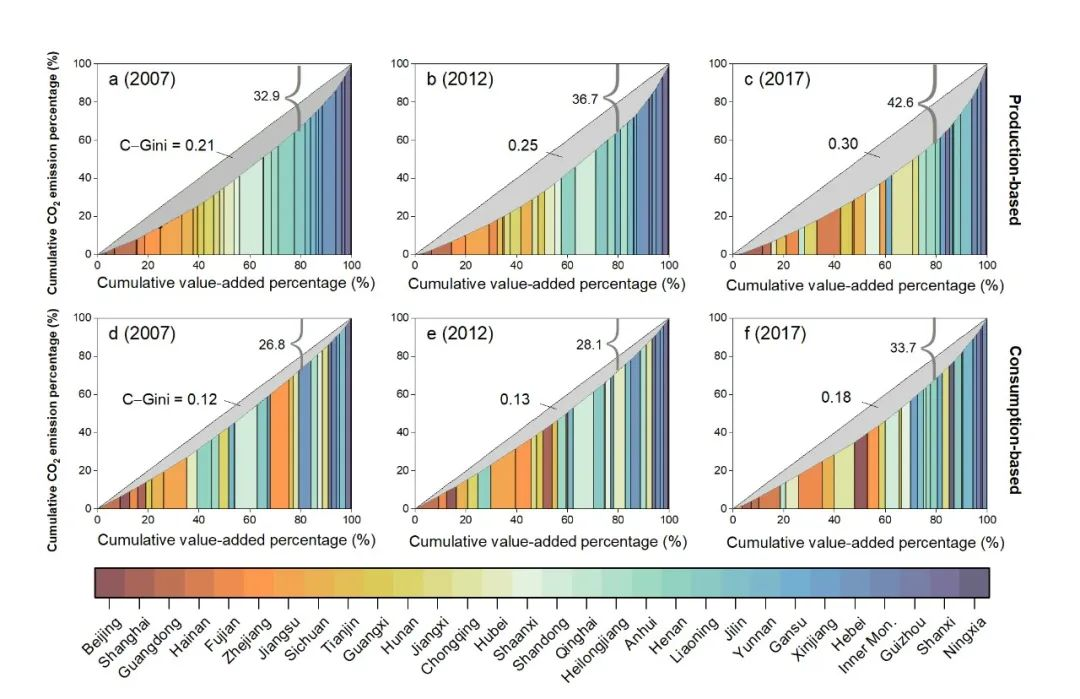

Date issued:2023-03-13
CAEP explore Changes in Carbon Inequities between Provinces in China in《ES&T》
The State Environmental Protection Key Laboratory of Environmental Planning and Policy Simulation,Chinese Academy of Environmental Planning (CAEP), together with Tianjin University and the University of Birmingham, published a paper Worsening carbon inequality embodied in trade within China in《Environmental Science & Technology》.This study reveals the carbon inequality based on trade-embodied CO2 and value-added, especially from a long-term period. This study reports a continuously worsening carbon inequality embodied in trade within China during 2007−2017 with mitigation suggestions.
Worsening Carbon Inequality Embodied in Trade within China
Abstract
The mismatch between trade-embodied economic benefits and CO2 emissions causes carbon inequality, which is seldom analyzed from the intracountry level, especially across a long-term period. This study applied an environmentally extended multiregional input–output model to trace this mismatch and measure the carbon inequality quantitatively within China during 2007–2017. The results show that during the past decade, China’s national carbon inequality was continuously worsening with carbon Gini coefficients rising regardless of production- (0.21–0.30) or consumption-based (0.12–0.18) accounting. The regional carbon inequality was deteriorating, where less developed provinces with 20% of total value-added emitted 32.9% of total CO2 emissions in 2007, while this figure rose to 42.6% in 2017. The eastern provinces (Jiangsu and Shanghai) had entered into net economic and carbon beneficiaries keeping high trade advantages, by contrast the northwest provinces (Ningxia and Xinjiang) were trapped in a lose–lose situation with trade benefits declining by 68%. The southwest provinces (Yunnan and Guangxi) shifted from being net carbon and value-added exporters to net importers, stepping into the earlier development mode of eastern provinces. This hidden and exacerbated carbon inequality calls for regional-specific measures to avoid the dilemma of economic development and CO2 mitigation, which also gives a good reminder for the rising economies, like India.
Keywords:Trade-embodied CO2 emissions Value-added Multiregional input−output analysis Carbon inequality Gini coefficient Emission terms of trade

 Comments
Comments




 Home
Home

 京公网安备 11010702002483
京公网安备 11010702002483